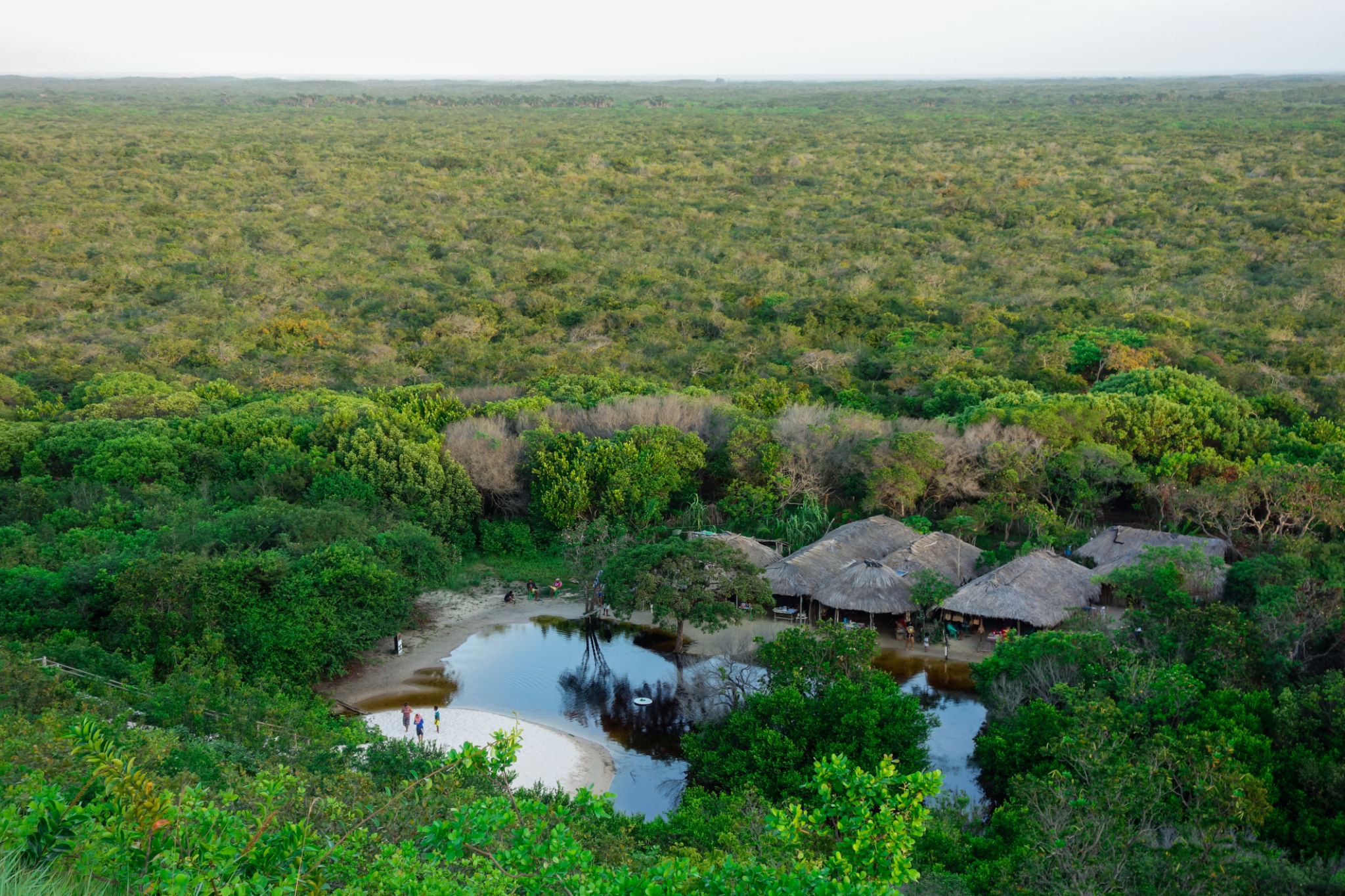Navigating the Complexities of Tribal Environmental Issues: A Supreme Court Perspective
Understanding Tribal Environmental Issues
Tribal environmental issues are a complex and multifaceted topic, deeply rooted in the intersection of indigenous rights and environmental law. These issues often involve a myriad of challenges, including land rights, resource management, and the preservation of sacred sites. The unique legal status of Native American tribes adds an additional layer of complexity, as they are recognized as sovereign nations within the United States.
The environmental challenges faced by Native American tribes are not only ecological but also cultural and political. From managing natural resources sustainably to protecting sacred spaces from industrial encroachment, tribes navigate a landscape that requires both legal acumen and cultural sensitivity.

The Role of the Supreme Court
The Supreme Court plays a crucial role in shaping the legal landscape for tribal environmental issues. Over the years, the Court has made significant rulings that have clarified, and at times complicated, the rights of tribes in terms of environmental governance. These decisions can have far-reaching implications for tribal sovereignty and their ability to manage natural resources.
One of the key aspects of these legal battles is the interpretation of treaties between the U.S. government and Native American tribes. These treaties, often signed centuries ago, continue to influence modern legal disputes. The Supreme Court's interpretations can either strengthen or undermine tribal claims to land and resources.

Key Supreme Court Decisions
Several landmark Supreme Court decisions have directly impacted tribal environmental issues. These cases often revolve around the balance between tribal sovereignty and federal or state interests. Here are a few notable cases:
- Winters v. United States (1908): This case established the Winters Doctrine, which affirms that Native American tribes have reserved water rights on their lands.
- Arizona v. California (1963): This decision reinforced the Winters Doctrine by affirming tribal water rights in the context of interstate water disputes.
- Carcieri v. Salazar (2009): This ruling limited the federal government's ability to take land into trust for tribes recognized after 1934, complicating land management for many tribes.
Challenges Faced by Tribes
Despite legal victories, Native American tribes continue to face numerous challenges in protecting their environmental interests. Many tribes lack the financial resources and technical expertise required to manage their lands effectively. Furthermore, they often encounter resistance from state governments and private entities seeking to exploit natural resources.

Another significant challenge is the impact of climate change, which disproportionately affects indigenous communities. Rising temperatures, changing precipitation patterns, and increased frequency of extreme weather events threaten the ecosystems that many tribes depend on for their cultural and physical survival.
Pathways to Collaborative Solutions
Collaboration between tribes, government agencies, and environmental organizations is essential for addressing tribal environmental issues effectively. By fostering partnerships, stakeholders can develop sustainable solutions that respect tribal sovereignty and promote ecological stewardship.
Successful collaboration can take many forms, from co-management agreements that allow tribes to oversee resource management alongside federal agencies to educational programs that enhance tribal capacity for environmental governance.

The path forward requires a nuanced understanding of both legal precedents and cultural values. By working together, we can navigate the complexities of tribal environmental issues and ensure that Native American tribes have the tools and authority they need to protect their lands for future generations.